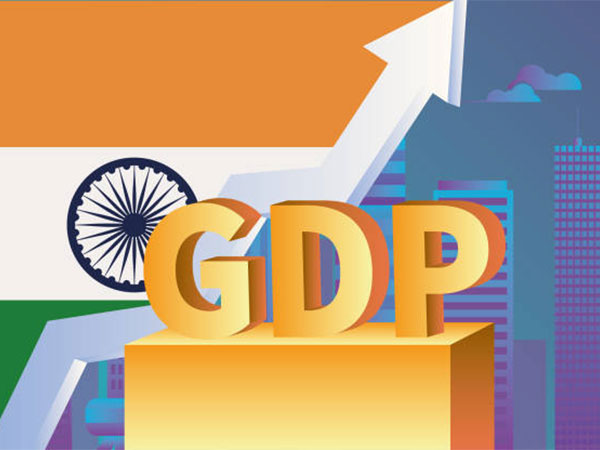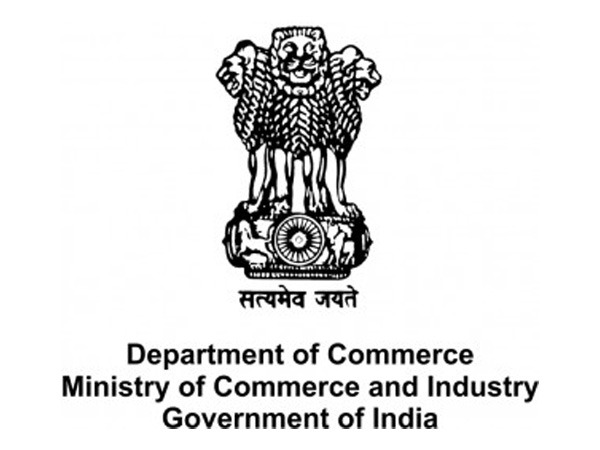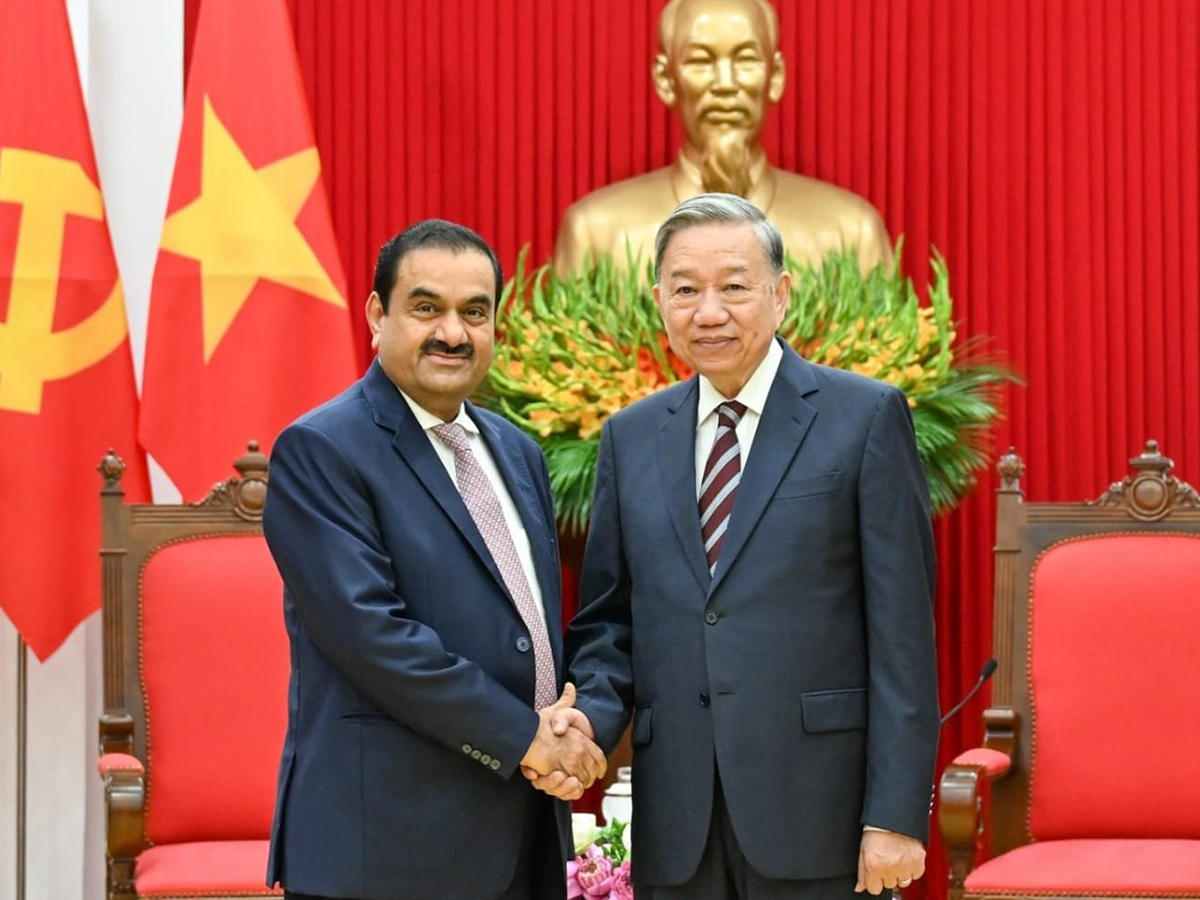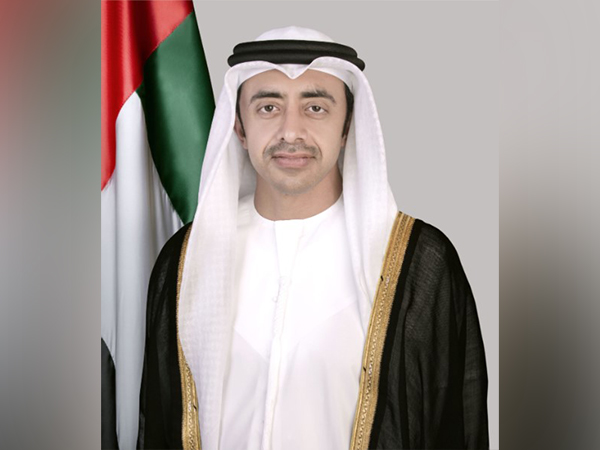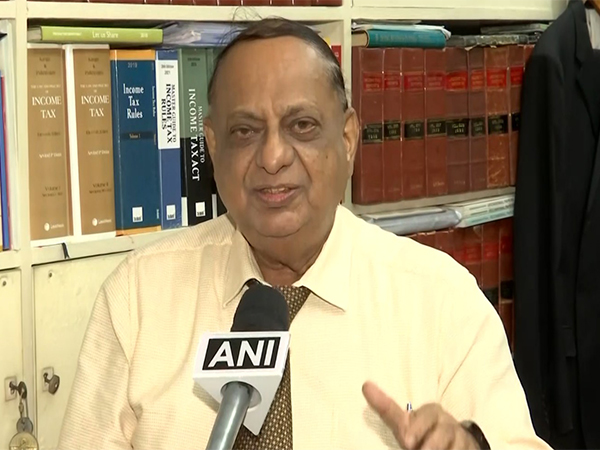
India's targeted capital liberalisation, RBI's FX strategy shield economy from global shocks: Report
Jul 30, 2025
New Delhi [India], July 30 : India's measured approach to capital account liberalization, combined with the Reserve Bank of India's proactive foreign exchange management, has played a vital role in cushioning the economy against global disruptions.
According to a report by Motilal Oswal, these policy buffers have helped India navigate periods of heightened global uncertainty, including trade tensions and diverging monetary policy trends across major economies.
"India's selective capital account liberalization and the RBI's proactive foreign exchange management have provided crucial buffers against global shocks, including those triggered by tariff uncertainty and monetary policy divergence," the report added.
The report highlighted that India's external sector has undergone a notable structural transformation over the past decade, evolving into a far more resilient and stable component of the macroeconomy. The experience of the 2013 taper tantrum exposed India's vulnerabilities--most notably, a wide CAD, limited foreign exchange reserves, and heavy reliance on volatile capital flows.
In contrast, the current landscape in FY24-FY25 reflects a far stronger footing: the CAD is low and manageable, foreign exchange reserves are at record highs, and the composition of exports has shifted decisively toward high-value, less tariff-sensitive services.
India's external sector position in FY24 and FY25 reflects a phase of marked resilience and macroeconomic stability, even amid rising global tariff uncertainty and renewed stress in global capital markets.
The CAD has narrowed significantly to just 0.7 per cent and 0.6 per cent of GDP in FY24 and FY25, supported by a robust services trade surplus, record inward remittances, and modest growth in merchandise imports.
On the other hand, the Indian rupee has remained one of the most stable currencies across both advanced and emerging markets, showing that investors trust India's economic policies and strong external position.
India's external buffers have strengthened significantly since the taper tantrum of 2013, providing a critical line of defense against renewed global volatility and tariff-related uncertainty.
As of May'25, reserves have more than doubled to USD 691 billion, and import cover has risen to 11.4 months, reflecting stronger balance of payments dynamics and proactive reserve accumulation by the RBI, highlighted by the report.
India has focused on diversifying its exports, managing its finances wisely, and opening its economy to global capital in a gradual and safe manner.
"This has helped the country stay strong even when global conditions are uncertain," the report added.


